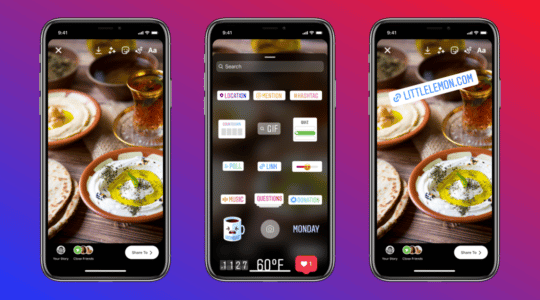
Acronyms in the mobile marketing industry can be confusing and inconsistent. Sometimes Google can help, but not always. For example, type CPA into Google you’ll learn that CPA generally means certified public accountant. But in mobile marketing, CPA means cost per action. The vocabulary below will help freshen up industry knowledge — whether you’re new to mobile marketing or an industry veteran. Comment below if there are words you’d like us to tackle in vol. II.
Advertiser: A company, brand, or person who owns content or goods and pays publishers and affiliates to send people to their site to buy their items. Ever see ads from Nike, Amazon, AT&T or your local mom and pop shop? Yup, those companies are advertisers.
Attribution: The process by which a traffic source is credited with conversion. For example, when an advertising partner is credited with an app install. Attributions are backed up by matching advertising identifiers (like Google’s Advertising Identifier or Apple’s Identifier for Advertising) on both the ad click and the conversion. That’s a fancy way of saying the advertiser makes sure that they pay the right place (website, app, etc) where a human clicked the ad.
Campaign measurement: The ratio of whatever you define as a conversion against the measure of the efforts used to drive it, such as impressions or clicks. Basically justifying that the money you’ve spent on advertising resulted in conversions.
CPA (cost per action): A measure of the cost to an advertiser for each individual action, such as a sale or registration, completed because a visitor engaged with their advertisement. It is effectively the cost for a single conversion, and it is often used as the payment model for a campaign.
CPC (cost per click): A measure of the cost to an advertiser for each individual click on their advertisement. CPC is frequently used as a payment model in digital media contracts. Advertisers will regularly compare total media spend to total clicks for a campaign, to understand their effective cost per click (eCPC), even if that’s not the contracted payment model for a campaign.
CPI (cost per install): A measure of the cost to an advertiser for each user that installs their mobile app. Say you have a gaming app and you pay people to promote it. You’d then pay them every time someone downloads your gaming app by clicking on ads. CPI as a payment model is an extension of the CPA model, specific to the case of mobile application installs.
CPM (cost per thousand or “mille”): A measure of the cost to an advertiser for each 1,000 advertising impressions served on their behalf. CPM was the earliest payment model used in digital advertising, and is still in use as a basic pricing model for many media contracts. Like CPC and CPA, advertisers will regularly compare total media spend to total impressions for a campaign, to understand their effective cost per thousand (eCPM), even if that’s not the contracted payment model for a campaign.
CPCV (cost per completed video/view): A measure of the cost to an advertiser for each time a video ad is viewed through completion. Remember that viral cute puppy video you watched last week? The website or app you watched it on might have been paid for your view.
CPV (Cost per video/view): A measure of the cost to an advertiser for each display of a video ad.
Keyword: Words that describe your app. These words help rank your app in app store search. End users search for apps using queries (like the things you type into Google), which can include one or more keywords.
Optimization: The act of receiving data about the performance of a marketing campaign and changing the way it runs to increase to desired outcome, whether it be impressions, clicks, or a different action. Say you are running ads for your app in Seoul and London. You notice that the ads are getting clicked on 10 times more interest in London — you might optimize your campaign by pulling the ad from displaying in Seoul and put more money toward London.
Revenue: Money made from a marketing campaign.
User: A human being who clicks a tracking or measurement URL or opens an app.
User acquisition cost: The amount of money that it takes to acquire new users to download your app. The calculation factors in all the marketing expenses spent on acquiring more customers, and divides that number by the amount of customers acquired. If you spent $1,000 on acquiring customers through marketing efforts and through that received 75 new customers, your customer user acquisition cost is $13.33.
These terms only scratch the surface of the jargon used in the mobile marketing industry. Understanding key terms is vital to being part of the conversation in the industry and staying on top of trends. For a more extensive list, visit the TUNE glossary of terms.
Author
Becky is the Senior Content Marketing Manager at TUNE. Before TUNE, she handled content strategy and marketing communications at several tech startups in the Bay Area. Becky received her bachelor's degree in English from Wake Forest University. After a decade in San Francisco and Seattle, she has returned home to Charleston, SC, where you can find her strolling through Hampton Park with her pup and enjoying the simple things in life.




Thanks for giving such an important words that is really most important to know for mobile marketers as well as general people. We use this type of word in our daily life we hope we will get more words in future like this.